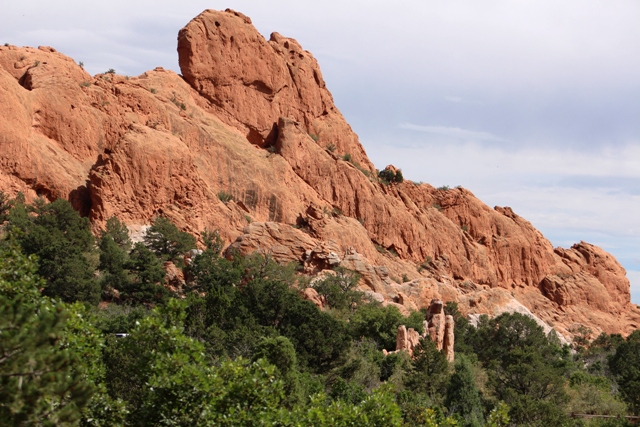This post touches on a few of the national and state trends that will affect Colorado job growth through the remainder of the year. They are made In anticipation of the September release of employment data from the BLS
National Trends That Affect Colorado
Nationally, there are several trends that are relevant to Colorado:
• Jobs are being added at a slower rate than in the past, yet the U.S. is on track to add about 3 million jobs this year. This will be the fifth consecutive year for accelerated job growth.
• The slower rate of job growth is occurring for two reasons. First, the slowdown in the Chinese economy has caused a pullback in other economic growth in other countries. Second, U.S. job growth has reached a point where the past level of job growth cannot be sustained. A slowdown in this case does not suggest the country is headed for a downturn.
• Real GDP growth for 2015 will remain in the neighborhood of 2.5%.
• The service sector will continue to post solid growth through the end of the year, while manufacturing remains sluggish.
• Holiday sales will be so-so. Industry experts expect an increase of 3.5% to 4.0% compared to last year. Stronger labor markets and lower gas prices should point to stronger sales; however, the savings rate is around 4.6%. At this point consumers appear to be cautious.
• It is likely the strong level of mergers and acquisitions will continue. Companies have money and they appear to be ready to spend it when the time is right. This has impacted several companies in Colorado.
Colorado’s Economic Trends
There is conflicting employment data. The Bureau of Labor Statistics shows that Colorado employment has trended downward beginning in Q2, with a significant decline in the rate of growth in August. There are also indications the number of jobs added for the first half of the year will be revised upward with the benchmark revisions.
Either way it is likely the rate of Colorado job growth is declining, in line with the national trends. The state will feel the effects of a slower global economy. As well, Colorado has reached a level of job growth that is unsustainable.
The bottom line is that Colorado will continue to have a higher rate of job growth than the U.S. for the remainder of the year and into next year.




